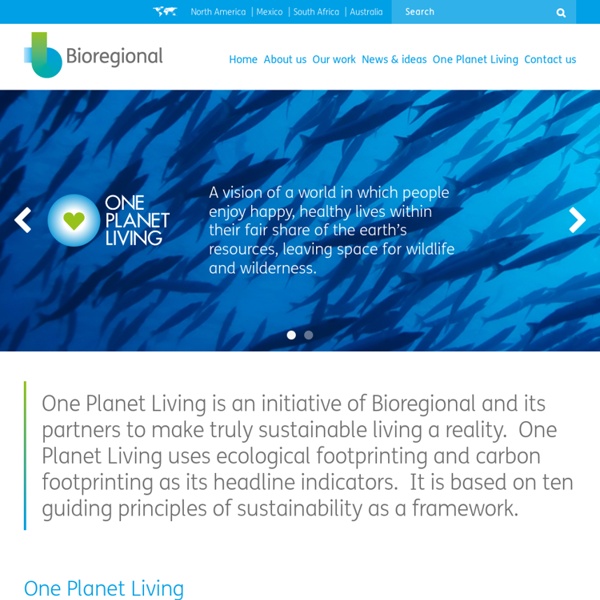



Institute For Sustainable Infrastructure | Rating System Envision™ Sustainable Infrastructure Rating System Envision™ is the product of a joint collaboration between the Zofnass Program for Sustainable Infrastructure at the Harvard University Graduate School of Design and the Institute for Sustainable Infrastructure. Introduction Envision™ provides a holistic framework for evaluating and rating the community, environmental, and economic benefits of all types and sizes of infrastructure projects. Who Can Use Envision™ Envision™ can be used by infrastructure owners, design teams, community groups, environmental organizations, constructors, regulators, and policy makers to: Meet sustainability goals. The Envision™ tools help the project design team: Assess costs and benefits over the project lifecycle. Envision™ has assessment tools that can be used for infrastructure projects of all types, sizes, complexities, and locations. The Assessment Tools Envision™ checklist. The People Envision™ Credits and Scoring Module A Few Ways to Get Involved
The Portland Plan About the Portland Plan Developed in response to some of Portland’s most pressing challenges, including income disparities, high unemployment, a low high school graduation rate and environmental concerns, the Portland Plan presents a strategic path forward. This is not your typical plan. The Portland Plan requires us to work smarter, be more practical, partner across jurisdictions and be ready to have difficult conversations. This is how real progress will be made in Portland. So, how is this plan different? Advancing equity is the foundation of the plan. The Portland Plan is also practical, in that it does not assume new money. Several years in the making and reflecting more than 20,000 comments from residents all over the city, the Portland Plan comprises the following elements.
The Future of Architecture in 100 Buildings A pavilion made from paper. An inflatable concert hall. A building that eats smog. A bridge that grows grapes. The Future of Architecture in 100 Buildings captures the soaring confidence, the thoughtful intelligence, the futuristic wonder, and at times the sheer whimsy of the world's most inspired and future-looking buildings. As author Mark Kushner explains, "The future of architecture is not one of any dominant style, but rather a world of constant innovation and experimentation." In the age of social media, buildings speak louder than ever. Aimed at this new, broad audience for architecture, this is an essential and delightful guide to the future being built around us.
Kirkland Green - City of Kirkland Kirkland is known for its green spaces, parks and waterfront. The City is committed – through many “green" initiatives – to preserve, protect and sustain our natural resources. Through a variety of efforts, the City is also addressing sustainable development, green buildings and climate change. Kirkland recognizes the interdependency of our natural resource systems: Water: Our streams, lakes, wetlands, storm water runoff, groundwater and shorelines Land: The soils, vegetation, rocks, geology, and topography Air: Climate change, air quality, microclimates and macroclimate. Keeping It Green: City Initiatives Kirkland's Comprehensive Plan calls for the community vision to have Kirkland be an “attractive, vibrant, inviting place to live and work,” and to provide an “extensive park system and to preserve open space and waterfront trails and vistas.” The City is implementing its green initiatives using a multi-departmental approach. Making It Green: Community Involvement
Carbon Tracker CarbonTracker CT2013B CarbonTracker is a CO2 measurement and modeling system developed by NOAA to keep track of sources (emissions to the atmosphere) and sinks (removal from the atmosphere) of carbon dioxide around the world. CarbonTracker uses atmospheric CO2 observations from a host of collaborators and simulated atmospheric transport to estimate these surface fluxes of CO2. The current release of CarbonTracker, CT2013B, provides global estimates of surface-atmosphere fluxes of CO2 from January 2000 through December 2012. CarbonTracker CO2 weather for June-July, 2008. Executive Summary Estimates of CO2 sources and sinks over North America From 2001 through 2012, ecosystems in North America have been a net sink of 0.4 ± 1.3 PgC yr-1 (1 Petagram Carbon equals 1015 gC, or 1 billion metric ton C, or 3.67 billion metric ton CO2). Figure 1. Our observing system did not detect an effect from another significant drought, that in 2007 in the U.S. Spatial distribution of surface fluxes Figure 2.
EcoDistricts - Revitalizing cities from the neighborhood up. ArcGIS | Maps People commonly define themselves by the places in which they live and work, ranging from a continental scale to country, region, state, or local neighborhood. These places are typically defined by their boundaries. ArcGIS includes a set of map layers that describe these boundaries at many levels of geography, including countries, administrative areas, postal codes, and more. You can use these boundaries and place layers for simple geographic context or to aggregate your own data to visualize on a map. USA Senate USA Federal Lands Istanbul Historical Boundaries Paris Historical Boundaries World Time Zones World Boundaries and Places USA Congressional Districts USA ZIP Codes USA Boundaries and Places World Urban Areas World Regions
Grow Community Bainbridge | One Planet Living Sustainable Development Knowledge Platform Infographic | LEED in the World USGBC has created a new infographic, "LEED in the World," which lists the current number of both registered and certified LEED projects across the globe by gross square meters in different regions, and ranks the top 10 countries for green building. The numbers show the explosive growth of the green building movement beyond North America, demonstrating the growing global consensus about the worldwide imperative to green the built environment. (Figures are as of April 2013.)